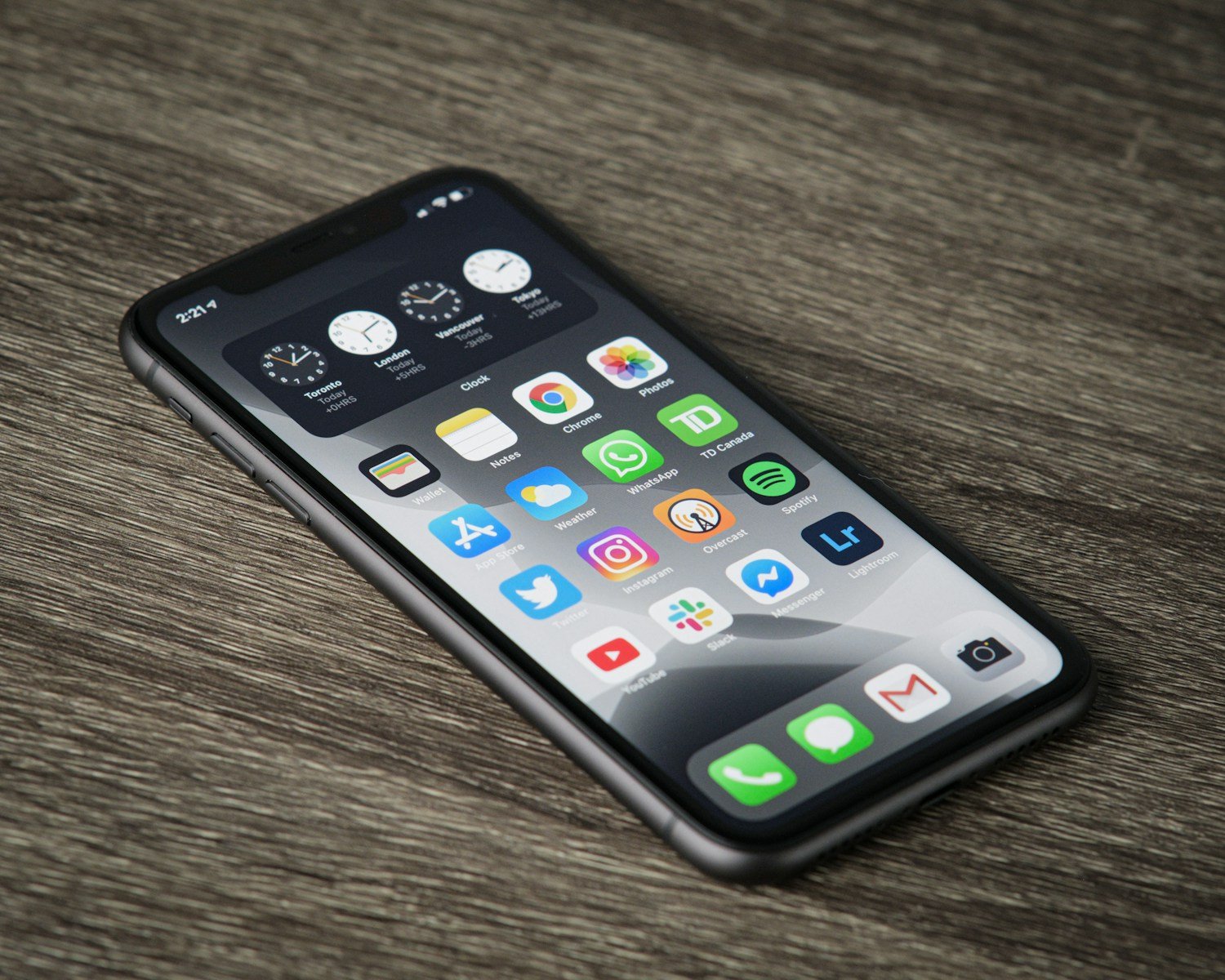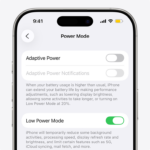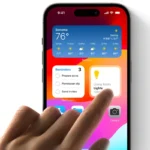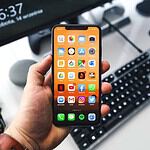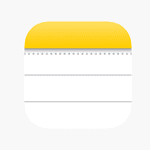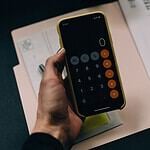Local network access on iPhones allows apps to find and connect to other devices on your Wi-Fi network. This feature enables useful functions like controlling smart home gadgets or streaming media to your TV. You can easily manage which apps have local network access in your iPhone’s settings.
Many apps need this permission to work properly. For example, a smart home app might scan for connected light bulbs or thermostats. Video streaming apps often use it to cast content to other devices. But some apps may request this access unnecessarily.
You can view and control local network permissions for each app. Go to Settings > Privacy > Local Network. There you’ll see a list of apps that have asked for access. Toggle permissions on or off as needed. This gives you control over your privacy while still allowing helpful features to work.
| App Type | Local Network Use |
|---|---|
| Smart Home | Control devices |
| Media | Stream to TV |
| File Sharing | Transfer data |
| Printing | Find printers |
What Is Local Network Access on iPhone?
Local Network Access allows apps on your iPhone or iPad to discover and communicate with other devices connected to the same Wi‑Fi network — such as smart TVs, printers, speakers, computers, and other phones.
This feature was introduced in iOS 14 to give users more privacy control. Before iOS 14, apps could automatically scan your local network; now, they must ask for permission first.
🔍 Why Apps Request Local Network Access
When you open an app that wants to connect to nearby devices, you’ll see a message like:
“‘App Name’ Would Like to Find and Connect to Devices on Your Local Network.”
You can choose:
- Allow → The app can communicate with devices on your Wi‑Fi network.
- Don’t Allow → The app cannot detect or connect to local devices.
✅ Common examples:
- Smart TV apps (YouTube, Netflix) — to cast videos to your TV.
- Printer apps — to find and print to wireless printers.
- Smart home apps — to control lights, cameras, and other IoT devices.
- File-sharing apps — to transfer data between devices on the same network.
(Sources: Apple Support, MacReports)
⚙️ How to Manage Local Network Access
You can review or change which apps have access to your local network anytime.
Steps:
- Open the Settings app.
- Tap Privacy & Security.
- Tap Local Network.
- You’ll see a list of apps that have requested access.
- Toggle ON or OFF for each app as needed.
- ON → The app can find and connect to devices on your Wi‑Fi.
- OFF → The app cannot access your local network.
(Source: TechBloat)
🧠 Troubleshooting: When an App Can’t Find Devices
If an app can’t detect your TV, speaker, or printer:
- Make sure Wi‑Fi is turned on and both devices are on the same network.
- Go to Settings → Privacy & Security → Local Network and ensure the app is enabled.
- Restart your iPhone and the device you’re trying to connect to.
- Update both the app and iOS to the latest version.
If the issue persists, you can reset network settings:
Settings → General → Transfer or Reset iPhone → Reset → Reset Network Settings.
🔐 Privacy and Security Tips
- Only allow local network access for apps you trust.
- Apps with this permission can see other devices on your Wi‑Fi network, but not your internet activity.
- If you stop using an app, revoke its access to protect your privacy.
- Periodically review your Local Network settings to ensure only necessary apps have access.
🧭 Summary
| Feature | Description |
|---|---|
| Purpose | Lets apps connect to other devices on the same Wi‑Fi network |
| Introduced in | iOS 14 |
| Manage via | Settings → Privacy & Security → Local Network |
| Security Tip | Only enable for trusted apps |
| Examples | Casting, printing, file sharing, smart home control |
💡 Quick Takeaway
Local Network Access gives you control over which apps can interact with nearby devices — improving both privacy and security.
If an app can’t find your smart TV, printer, or speaker, check its Local Network permission — that’s often the fix.
Understanding Local Network Access on iPhone
Local network access on iPhone allows apps to interact with devices on your home or office network. This feature enhances functionality but requires careful management to protect your privacy and security.
iOS and iPadOS 14 Local Network Permissions
iOS 14 introduced granular controls for local network access. You can now manage permissions for each app individually. To adjust these settings:
- Open the Settings app
- Tap Privacy
- Select Local Network
- Toggle permissions for specific apps
Some apps need local network access to function properly. For example, smart home apps may require it to control devices on your network. Streaming apps might need it to cast content to your TV.
By default, many apps will request this permission. You can choose to allow or deny access based on your needs and comfort level.
Security Implications of Local Network Access
Controlling local network access improves your iPhone’s security. It prevents potentially malicious apps from scanning your network or accessing other devices without your knowledge.
Benefits of managing local network access:
- Protects sensitive information on network devices
- Reduces risk of unauthorized data collection
- Prevents apps from interfering with other network devices
Risks of granting unnecessary access:
- Apps could gather data about your network setup
- Potential for exploitation of vulnerabilities in networked devices
It’s best to only grant local network access to trusted apps that genuinely need it for their core functions. Regularly review your settings to ensure you’re comfortable with the permissions you’ve given.
| App Type | Local Network Access Needed? |
|---|---|
| Smart Home | Usually Yes |
| Streaming | Often Yes |
| Social Media | Typically No |
| Productivity | Rarely |
Configuring Local Network Access
Local network access on iPhones allows apps to interact with other devices on your home network. Managing this access is crucial for balancing functionality and privacy.
Enabling Access for Apps
To enable local network access for an app:
- Open the Settings app
- Scroll down and tap Privacy & Security
- Select Local Network
- Find the app you want to grant access
- Toggle the switch to green
When you first open an app that needs local network access, iOS will prompt you. You can choose ‘Allow’ or ‘Don’t Allow’. Selecting ‘Allow’ grants the app permission to interact with devices on your network.
Some apps may not function properly without this access. For example, smart home apps often need it to control devices on your network.
Disabling Unnecessary Access
To protect your privacy, it’s wise to disable local network access for apps that don’t need it:
- Go to Settings > Privacy & Security > Local Network
- Review the list of apps with access
- Toggle off access for unnecessary apps
Revoking access doesn’t prevent apps from using the internet. It only stops them from interacting with other devices on your network.
| App Type | Local Network Access Needed? |
|---|---|
| Smart Home | Yes |
| Streaming | Often |
| Social Media | Rarely |
| Productivity | Sometimes |
Consider each app’s purpose when deciding. If unsure, start with access off and enable it only if you encounter issues.
Integrating Devices with iPhone Local Network
iPhones can connect to various devices on your local network. This enables seamless interactions with smart home gadgets and multimedia streaming options.
Smart Home Devices and HomeKit
HomeKit makes it easy to control smart devices from your iPhone. You can manage lights, thermostats, and security cameras with simple voice commands or taps.
To set up a HomeKit device:
- Open the Home app on your iPhone
- Tap the “+” icon
- Select “Add Accessory”
- Scan the device’s QR code or enter the setup code
Once connected, you can create scenes and automations. For example, set lights to turn on when you arrive home or adjust the thermostat at specific times.
Some popular HomeKit-compatible devices:
- Smart bulbs (Philips Hue, LIFX)
- Smart plugs (Eve Energy, Wemo)
- Thermostats (Ecobee, Nest)
- Security cameras (Logitech Circle, Eufy)
Multimedia and Streaming via AirPlay and Chromecast
AirPlay lets you stream content from your iPhone to compatible devices on your network. This includes smart TVs, speakers, and Apple TV.
To use AirPlay:
- Connect your iPhone to the same Wi-Fi network as the AirPlay device
- Open Control Center
- Tap “Screen Mirroring”
- Select your AirPlay device
For non-Apple devices, Chromecast offers similar functionality. Many apps like YouTube, Netflix, and Hulu support Chromecast streaming.
| Feature | AirPlay | Chromecast |
|---|---|---|
| Compatibility | Apple devices, some smart TVs | Android, iOS, smart TVs |
| Setup | Usually automatic | Requires Google Home app |
| Quality | Up to 4K HDR | Up to 4K HDR |
| Audio support | Yes | Yes |
Both options let you enjoy content on larger screens or better speakers. They’re great for watching movies, sharing photos, or playing music at parties.
Frequently Asked Questions
Local network access on iPhones involves several key settings and considerations. Users often need to manage permissions enable or disable access and troubleshoot connectivity issues.
How can I enable or disable local network access on my iPhone?
To enable or disable local network access go to Settings > Privacy > Local Network. Here you’ll see a list of apps requesting local network access. Toggle the switch next to each app to grant or revoke permission.
You can also manage these settings when an app first requests access. A prompt will appear asking if you want to allow the app to find and connect to devices on your local network.
What implications does allowing an app local network access have on an iPhone?
Allowing local network access lets apps interact with other devices on your home Wi-Fi. This can enable features like streaming to smart TVs or connecting to smart home devices.
Apps with this permission can scan for and communicate with other devices on your network. They cannot access your internet connection or personal data stored on your iPhone.
How do I troubleshoot issues with local network access on my iPhone?
If you’re having trouble with local network access first check if the app has permission. Go to Settings > Privacy > Local Network and ensure the toggle is on for the app in question.
Restart your iPhone and your Wi-Fi router. Make sure your iPhone and the device you’re trying to connect to are on the same Wi-Fi network.
What steps are involved in connecting an iPhone to a local network?
To connect your iPhone to a local network:
- Go to Settings > Wi-Fi
- Ensure Wi-Fi is turned on
- Select your desired network from the list
- Enter the password if prompted
Your iPhone will remember the network for future use once connected.
What does the local network access setting mean for apps like WhatsApp or Google Home on an iPhone?
For messaging apps like WhatsApp local network access allows for faster file transfers between devices on the same network. This can speed up sharing photos or videos with nearby contacts.
Google Home and similar smart home apps use local network access to discover and control smart devices in your home. Without this permission these apps may not function properly.
How does one manage local network access permissions after an iOS update?
After an iOS update your existing local network permissions should remain unchanged. However it’s a good practice to review these settings:
- Go to Settings > Privacy > Local Network
- Review the list of apps with access
- Adjust permissions as needed
New apps installed after the update will still need to request permission for local network access.
| Action | Steps |
|---|---|
| Enable/Disable | Settings > Privacy > Local Network > Toggle app switch |
| Review Permissions | Settings > Privacy > Local Network |
| Troubleshoot | Check app permissions restart devices verify same network |
| Connect to Network | Settings > Wi-Fi > Select network > Enter password |

